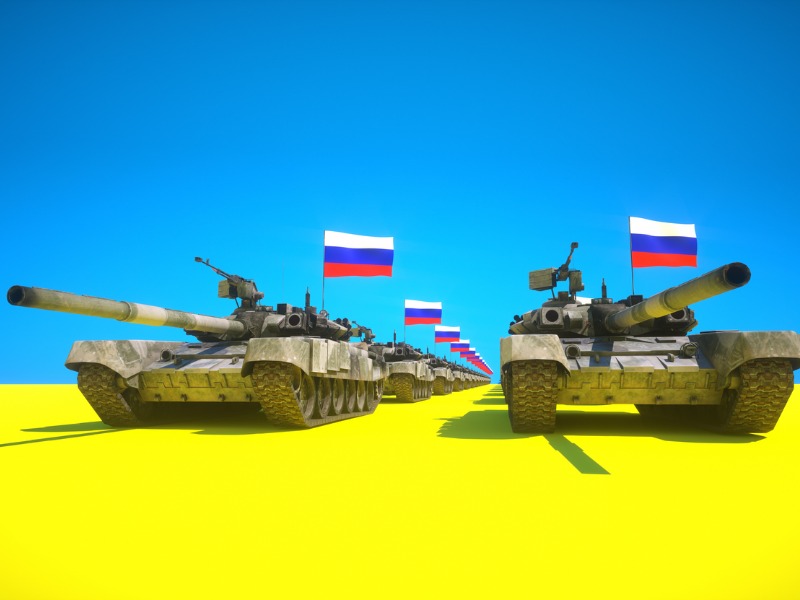
Europe’s economy is facing a rising risk of stagflation in the fallout from Russia’s invasion of Ukraine, says Moody’s Investors Service.
In a new report, the rating agency said the conflict has exacerbated existing supply and demand issues, stoking inflation, and that Europe’s efforts to shift away from Russian energy imports have increased the risk of stagflation.
“A halt of Russian natural gas supplies would likely intensify these pressures,” said Heiko Peters, vice-president and senior analyst at Moody’s, in a research note. “European Commission surveys suggest a further acceleration in inflation is likely in the near term.”
For countries in the region to fall into stagflation, energy prices would likely have to remain higher for longer than expected, causing households and companies to revise their inflation expectations up and growth expectations down.
Alongside shifting growth and inflation expectations, Moody’s also said that “a growth-supporting fiscal-monetary policy mix could increase the risk of a stagflation scenario.”
Various countries in southern Europe — including Malta, Cyprus, Portugal, Slovenia and Croatia — are most exposed to stagflation, Moody’s said.
“Although Italy, France and Spain are less vulnerable to inflation taking hold, already high debt levels, elevated floating-rate exposure and sizeable principal and interest payments over the next 12 months heighten risks,” it said.
The rating agency’s current baseline forecast is not a stagflation scenario.
Instead, it anticipates GDP growth of 2.5% in Europe overall this year, falling to 1.3% in 2023. Inflation is expected to slip from 6.8% this year to 4.4% next year.
“We expect subdued growth and higher than average inflation over the coming two to three years, with risks to the downside in the context of the military conflict in Ukraine and its impact on the economy,” it said.